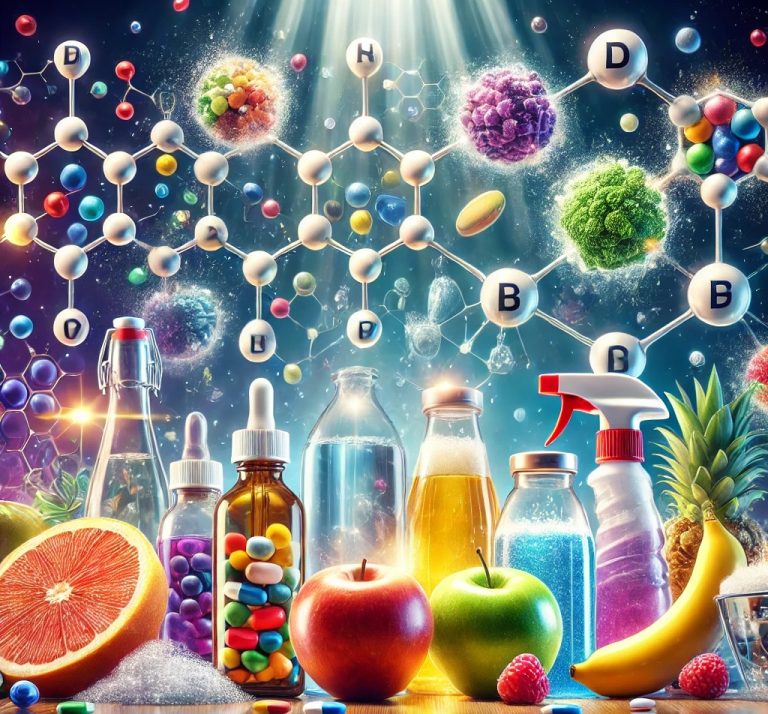Reproduction is a biological process by which new individual organisms (offspring) are produced from their “parents.” It is a fundamental feature of all known life and allows for the continuity of species from one generation to the next.
The process of reproduction ensures that the species is able to sustain its population and does not become extinct. Reproduction involves the transfer of genetic material from parents to offspring, either through asexual means, where offspring arise from a single parent, or through sexual means, where two parents contribute genetic material.
See in Fig.

Key points introduced in this Unit include:
- Reproduction: The creation of new individuals from existing organisms.
- Types of Reproduction: The two main types of reproduction—asexual reproduction (involving a single parent) and sexual reproduction (involving two parents).
- Significance of Reproduction: It helps maintain genetic diversity, evolutionary adaptation, and population survival.
At the cellular level, reproduction often involves the replication of genetic material (DNA) and the division of cells, either through mitosis (in asexual reproduction) or meiosis (in sexual reproduction).
This introduction sets the stage for understanding how different organisms, from unicellular to multicellular, use various reproductive strategies to thrive and perpetuate their species.






